At a time when the #SelfieWithDaughter campaign is going viral across India, the disturbing trend of unabating female foeticides is still making news. A dangerously skewed sex ratio has thrust upon us the need of doing more than just clicking selfies to stop the catastrophe of a women-less world.
India has a national average of 940 females per 1000 males according to the 2011 census.
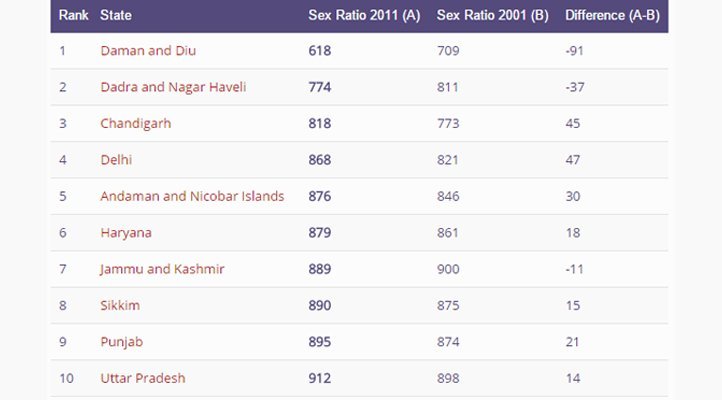
According to an Al Jazeera report, a deep-seated cultural preference for boys is skewing India’s sex ratio and making slaves of women. The report calls the mass scale abortion of female foeticide as “India’s ticking bomb.”
Citing one instance of an undercover investigation by a news channel, the report mentions a young jubilant father in Haryana’s Bibipur village drawing ridicule from a group of villagers after he told them about his girl’s birth.
“Why didn’t you get her killed in the womb?” came the collective cry. “Did you not get a gender determination test done on the foetus?” he was mercilessly asked.
While all Indians don’t think like that, the above statements duly summarise the male chauvinistic attitude still prevalent in the society.
Take a look at some of the ugly facts:
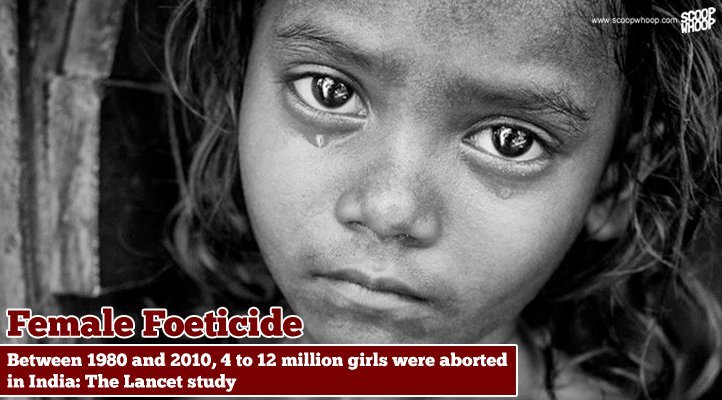
As a result of growing female foeticides, bride-buying or bride purchasing has become rampant in some North-Indian states like Punjab, Haryana and Jharkhand where girls, usually belonging to poor families, are outsourced from Bihar, Assam and West Bengal for marriages.
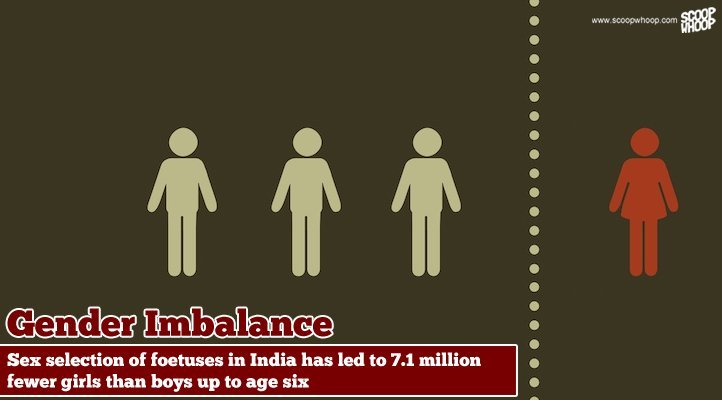
One of the drivers of selective choice of gender in children is the centuries-old dowry system. Experts have long warned that the financial burden of a bride’s dowry puts the parents of a girl in a fix resulting in attempts of prenatal sex discernment and then subsequent killing of the female while still in the womb.
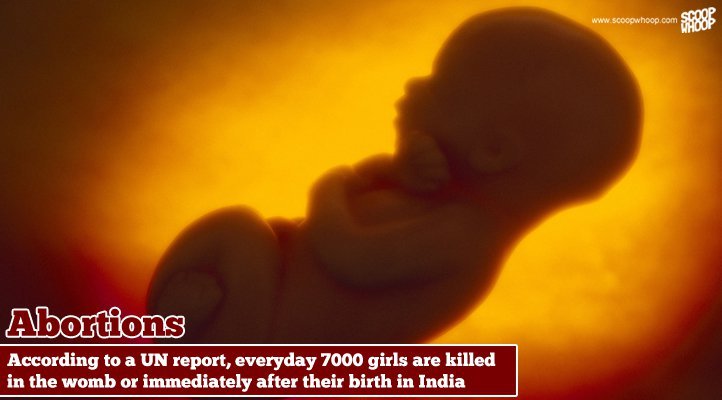
In India, lack of education and patriarchal culture fuels much of the antipathy towards female child. Across India, birth of sons is always a carnival of happiness whereas the birth of a girl is usually frowned upon. While post 1991 economic liberalizations threw a wide net of opportunities and economic independence for the growing Indian middle class, gender imbalance and violence against women has witnessed a disturbing continual rise.
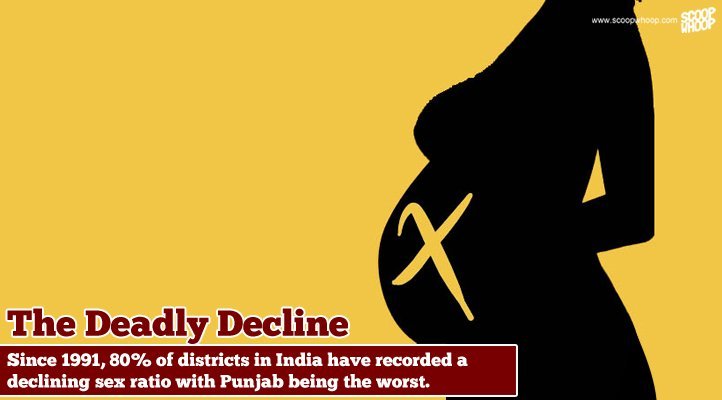
Living an independent life breaking social hierarchies and cultural taboos has seen an upward graph among women in Indian metropolitan cities. However, the issue of security at workplace and misogynistic attitude still persists, one of the primary reasons for thousands of rapes happening daily in India.

Even though the existing Indian laws prohibit prenatal sex determination, the clandestine network of doctors and clinics, often frequented by the in-laws of the women and mostly against her choice, haven’t stopped female foeticides in India. Experts and activists believe the law is not being followed in its zeal and conviction rate is minuscule.
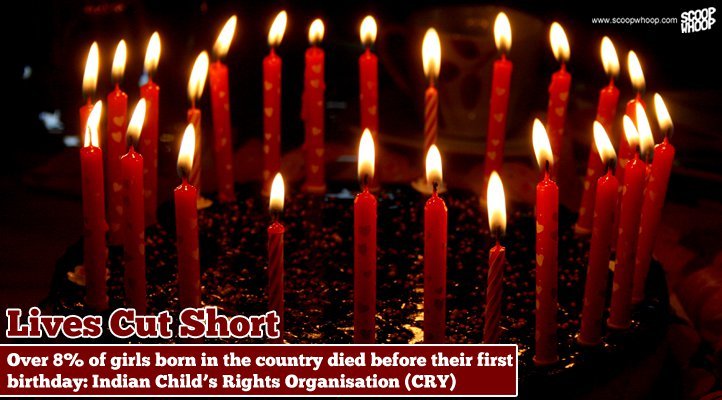
Advocates of ‘Saving The Girl Child’ and gender balance have long demanded a radical change in the educational set-up, economic stability and behaviour of men towards women in India. While strict law enforcement and wide-scale awareness is definitely a step towards achieving a safer world for girls, there’s also a need of reformation in cultures and societies that concretise notions of hatred towards girls.

















